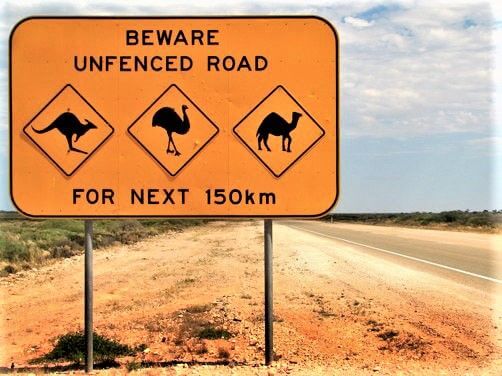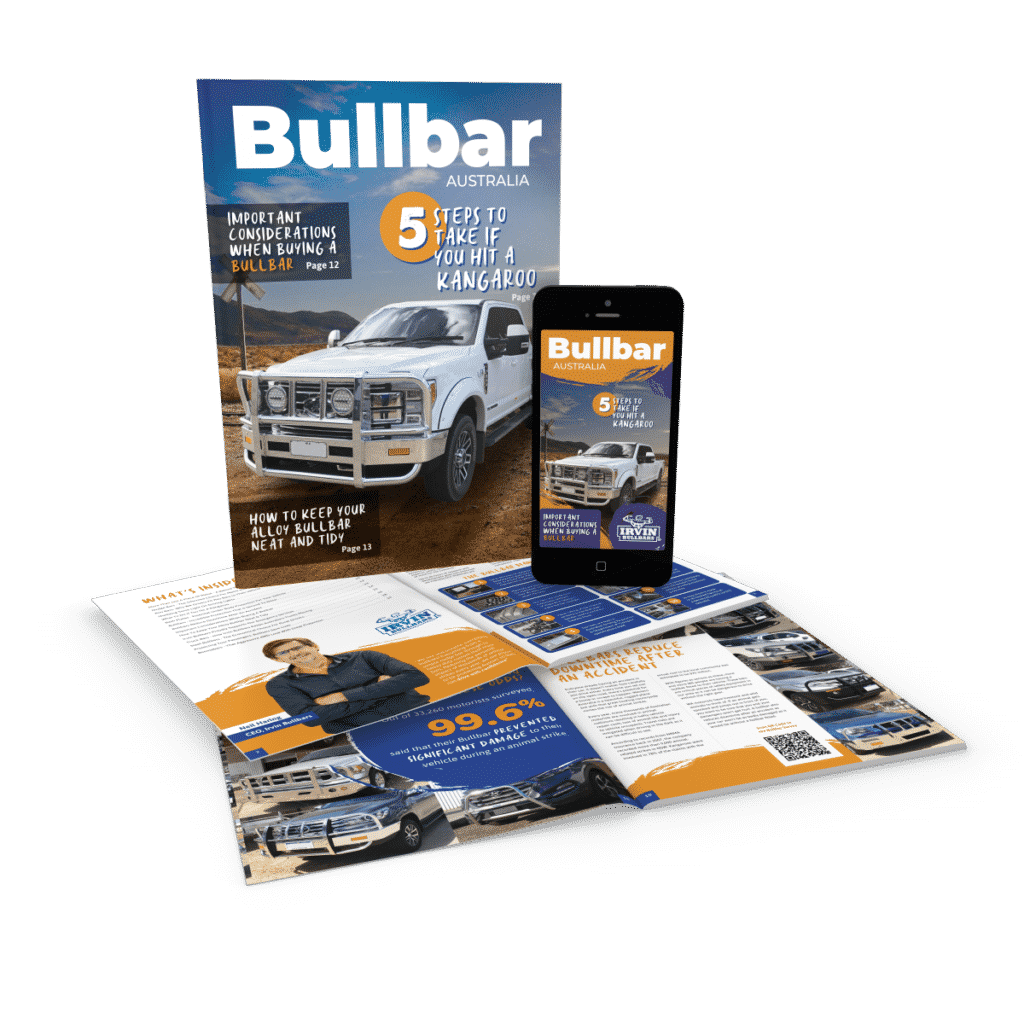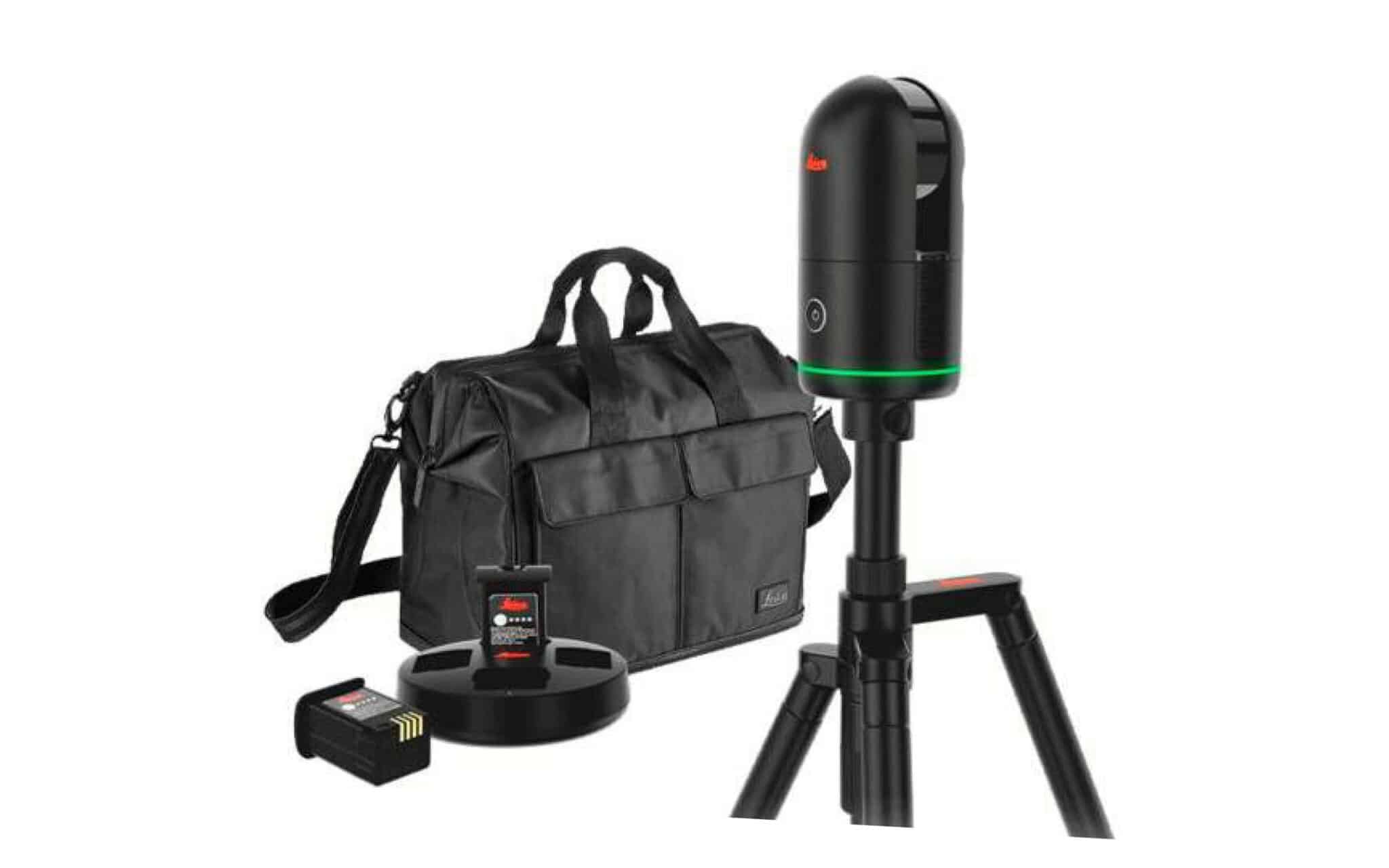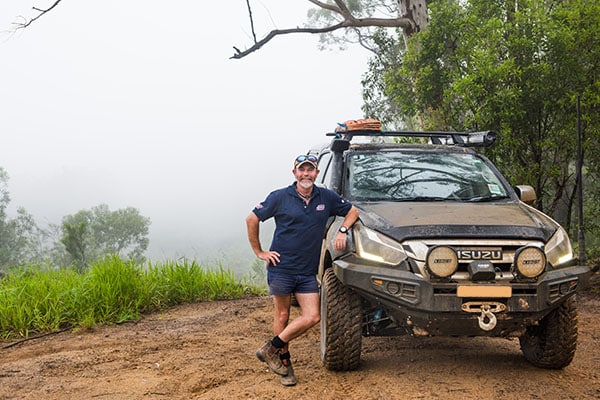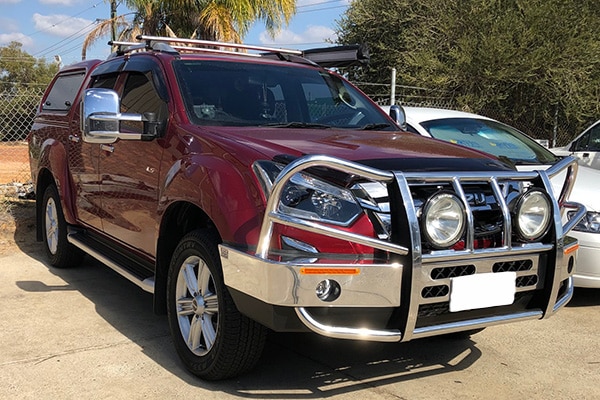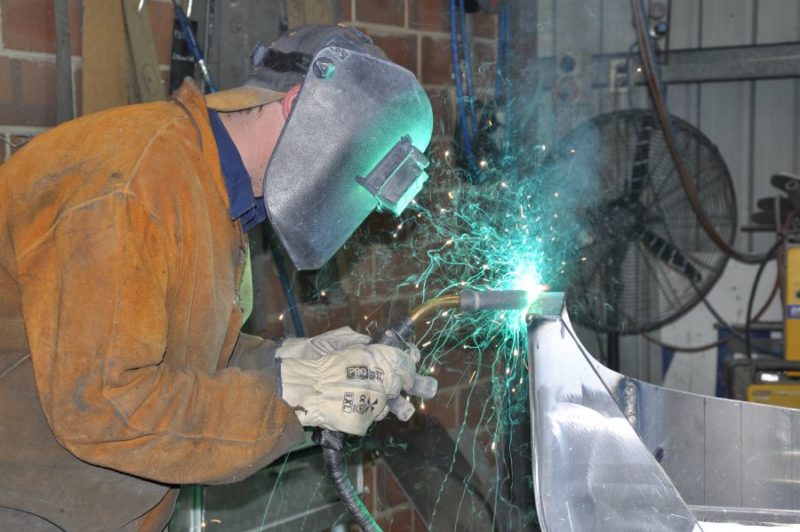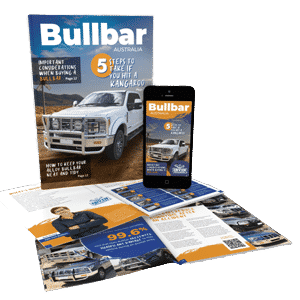When you’re driving on Western Australian roads it’s crucial to stay constantly aware of the wildlife around you. It’s an unfortunate fact of life that animal strikes are incredibly common here. So, it’s a good idea to remain vigilant and aware of animals on or near the road. There are all sorts of creatures you need to be aware of – not just roos and wallabies, but sheep, cattle, camels and even horses and everything in between. Animal strikes can result in inconvenience, costly repairs or even serious injuries to all involved. This is especially true when you take the sheer size and weight of a kangaroo (for example) into consideration. So, what can you do to stay safe on the roads?
When Not to Travel
It’s true that winter into spring is the peak time for animal strikes here in WA, as the water concentrates on the side of the road providing the perfect habitat for weeds and grasses to grow. Even if you have driven on a road hundreds of times, conditions change and you just need to use common sense. Hitting an animal becomes a much greater prospect at dusk and evenings. Remember that some animals become spellbound by the glare of your lights. If you do spot an animal in your path you should brake and try flashing your lights and hit the horn – don’t swerve. It seems like a tough call but swerving to miss an animal at reasonable speed is a recipe for rolling your car.
One of the precautions many WA motorists take is to buy a bullbar. Country road motorists know that it’s not a matter of if an animal will jump out in front of you but when. If you live in a country area, don’t imagine that you are somehow safer than other drivers. In fact, there’s a growing amount of research showing that country drivers can take big risks on their local roads. The message is that all of us need to stay alert to the road conditions and monitor our concentration and speed.
The times of day to avoid driving are dawn, dusk and in the dark. Wildlife are far more active around these hours – particularly those crazy roos! Also, animals won’t be able to recognise your vehicle at these times as they will be blinded by your headlights.
What to do When an Animal Jumps Out in Front of Your Vehicle
The first rule is not to panic! Panicking is the worst thing you can do as you might make a move that you will regret, such as swerving into a more dangerous situation. Slow down while braking in a straight line, then you may need to quickly make the decision to swerve or not. You could also try to honk your horn if the animal is a distance away, so it has time to get off the road. Oh, and remember to change your lights to a low beam so you don’t blind the animal as it may simply then freeze on the spot.
Sadly, there is no sure way to avoid crashing into an animal when you are out on remote WA roads. With this in mind, it’s better to go out on the road prepared. As well as being careful about the times you travel, it is a good idea to have a bullbar fitted. Perth based Irvin Bullbars design, manufacture and fit the nudge bars users have grown to know and trust.

